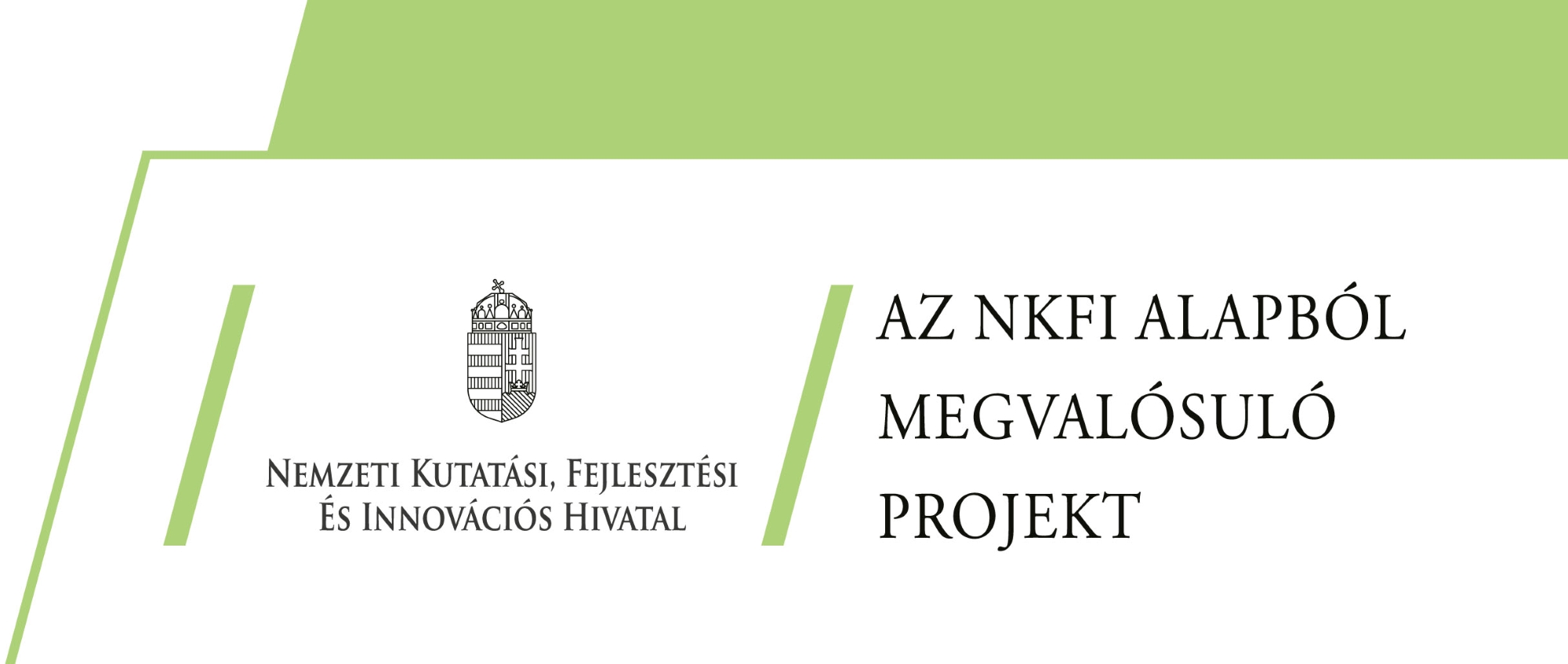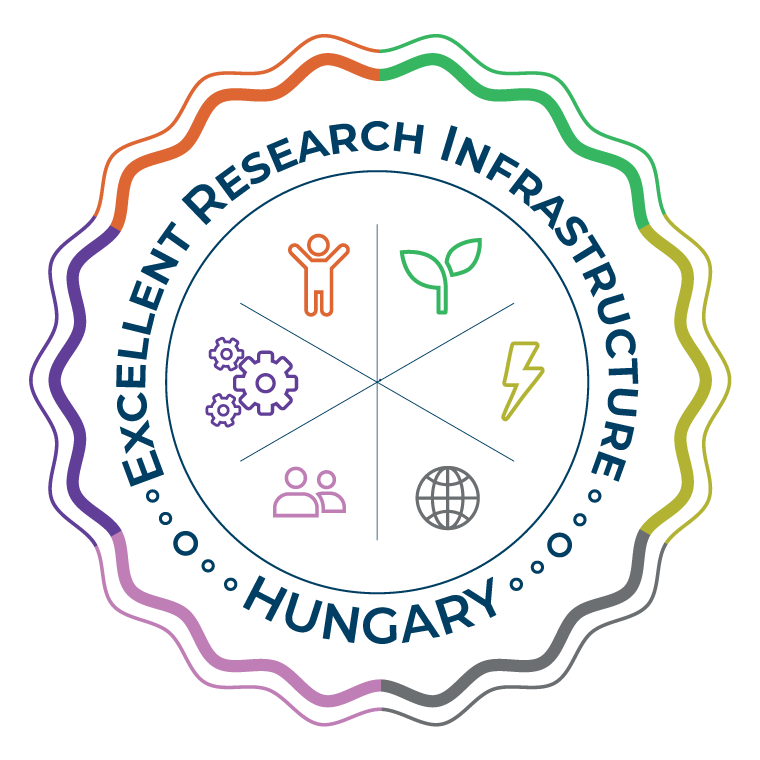Development of materials and manufacturing technologies for cost- and mass-optimised rubber components for electrical vehicles addressing specific needs

Dr. Tamás Bárány
Dr. Péter Tamás-Bényei
Project summary
The project aims to develop innovative materials and manufacturing technologies for rubber components for electric vehicles, with a focus on sustainability and efficiency. Electric vehicles are increasingly replacing conventional vehicles, which are different from those with conventional powertrains, and manufacturers face new challenges in terms of components. One trend in the development of rubber components is the development and testing of compounds to meet specific needs, reducing the cost and environmental footprint of components without compromising product life and reliability. In the case of electric vehicles, these developments are based on the emerging requirements for sustainable rubber materials, which can be combined with increased thermal conductivity, good electrical insulation and, in certain applications, good electromagnetic insulation, while keeping the weight of components made from such compounds as low as possible and their production costs competitive. Weight and cost reduction can be achieved by improving the material structure and geometric optimisation, using special fillers (e.g. graphene instead of carbon black, ground carbon fibres or composite by-products) or even rubber beads instead of conventional fillers. Geometric optimisation is made possible by a virtual finite element analysis of each part, based on the knowledge of the material structure changes due to different loads and material models and loads, which, when done in virtual space, results in the optimisation of a production tool and a real part. The various optimisations and improvements in material structure and technology can also reduce the cost of the parts to be produced, which is the other dominant factor, alongside weight reduction, that is holding back the uptake of electric cars. The result of the project will be a process/technology that fully meets existing requirements, but with lower manufacturing costs and thus a competitive advantage. The reduction in component weight and the improvement in material structure and technology will also serve important environmental objectives, as less raw material will be used and some of the materials used will be from sustainable sources. This will reduce the amount of waste going to landfill and the ecological footprint of each product. The significance of the process to be developed is of great importance both at sectoral and international level, as major multinational manufacturers have expressed a specific need for the development of a material and manufacturing technology for cost and mass optimised rubber components that meet the specific requirements of electric vehicles. For qualified automotive suppliers, confidentiality is key and development data and results are closely guarded secrets. According to the published results, there are currently no material combinations and processes for the development of cost and mass optimised rubber and plastic components specifically tailored to the specific needs of electric vehicles, which will be developed during the implementation of the project.
Project results






